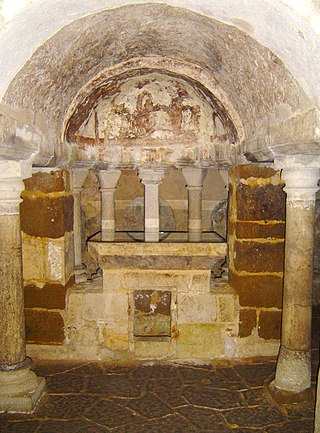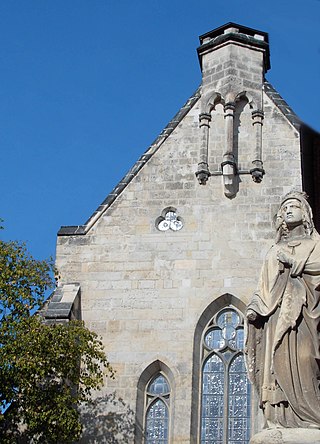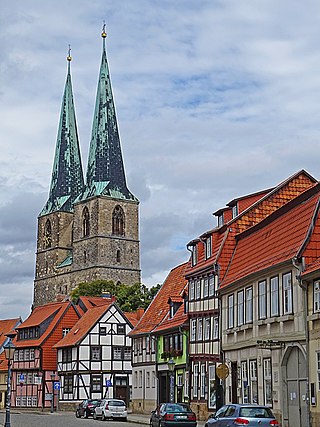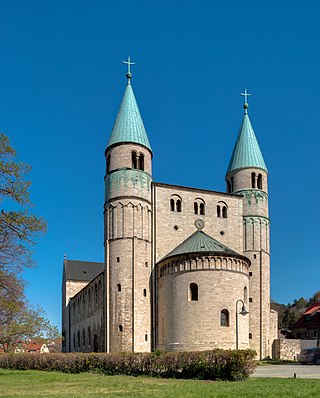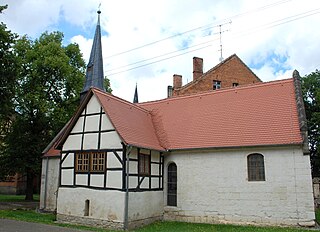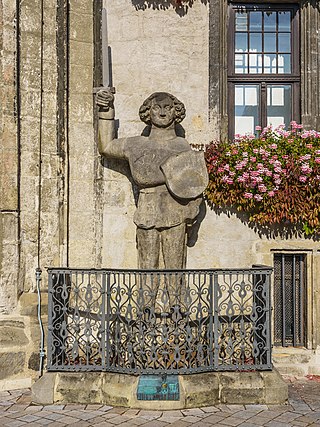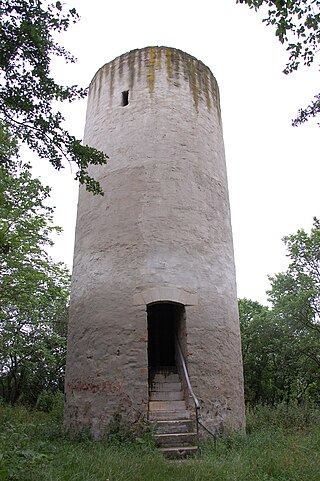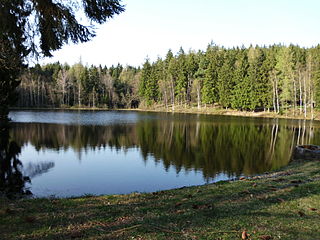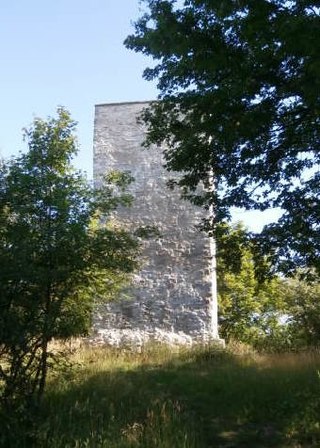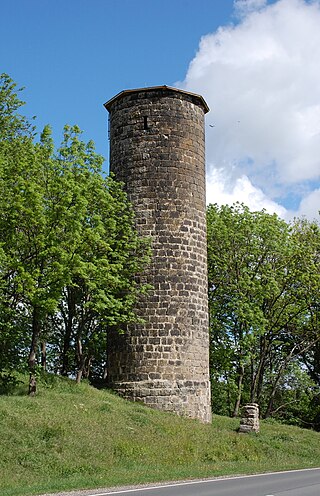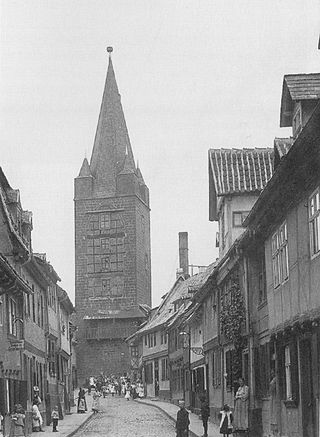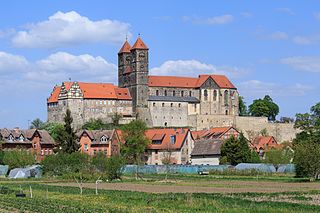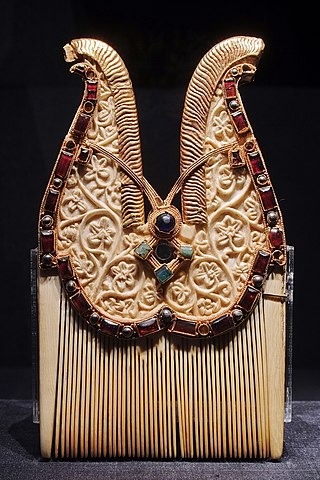16 Sights in Quedlinburg, Germany (with Map and Images)
Legend
Welcome to your journey through the most beautiful sights in Quedlinburg, Germany! Whether you want to discover the city's historical treasures or experience its modern highlights, you'll find everything your heart desires here. Be inspired by our selection and plan your unforgettable adventure in Quedlinburg. Dive into the diversity of this fascinating city and discover everything it has to offer.
Sightseeing Tours in Quedlinburg1. St. Wiperti
St. Wiperti is a church southwest of the castle hill in Quedlinburg. As architectural masterpieces of the Romanesque period, the crypt and church bear witness to its important past as the royal court of the Saxon-Ottonian dynasty. Even in later epochs, the place is a witness to a rich history. Today, the church is a station on the Romanesque Road. The complex is registered in the Quedlinburg Monument Register as Wipertikloster.
2. Sankt Mathilde
St. Mathilde, also St. Mathildis, in Quedlinburg is the parish church of the Roman Catholic parish of St. Mathilde. It belongs to the Catholic Pastoral Region of the Harz in the Diocese of Magdeburg and is registered in the Quedlinburg Register of Monuments.
3. St. Nikolai
St. Nikolai in Quedlinburg is the parish church of the Neustadt in Quedlinburg. The church was first mentioned in a document in 1222. This makes it the oldest church in the Neustadt district. Today it is registered as a cultural monument. It belongs to the Protestant parish of Quedlinburg within the Evangelical Church in Central Germany.
4. Museum Lyonel Feininger
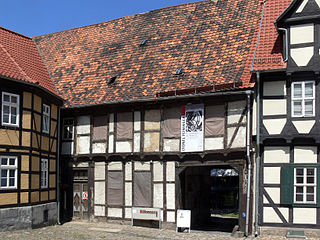
The Museum Lyonel Feininger, formerly Lyonel-Feininger-Galerie, is a personal museum founded in 1986 in Quedlinburg. In 2006, it was transferred to the sponsorship of the Moritzburg Foundation – Art Museum of the State of Saxony-Anhalt in Halle and was included in the Blue Book as a cultural memorial in 2003. This makes the museum one of the cultural beacons in the new federal states today. The museum has been part of the Cultural Foundation of Saxony-Anhalt since 2014.
5. Stiftskirche St. Cyriakus
Saint Cyriakus is a medieval church in Gernrode, Saxony-Anhalt, Germany. It is one of the few surviving examples of Ottonian architecture, built in 959/960–965 by Margrave Gero, although it was restored in the 19th century. From its foundation until 1614, Saint Cyriakus was the collegiate church of the Abbey of Gernrode, also founded by Margrave Gero. The church and the abbey became Protestant in the mid-sixteenth century, and the church is now used by the Protestant community of Gernrode.
6. Klopstockhaus Quedlinburg
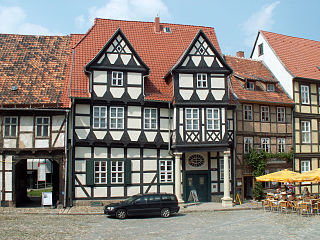
The Klopstockhaus of the Quedlinburg Municipal Museums is the birthplace of the poet Friedrich Gottlieb Klopstock, one of the founders of classical German literature. At the time, he was read more often than his contemporaries Goethe and Schiller. Today, the Klopstockhaus contains a literature museum that provides information about Klopstock's life and work, but also about other Quedlinburg personalities. The house is registered in the Quedlinburg register of monuments. Attached to the museum are a library and an archive. Immediately to the east is the house Schlossberg 13, which is also a listed building. At the western end of the garden is the pavilion of the Klopstockhaus.
7. St.-Johannis-Kapelle
The chapel of St. Johannis in Quedlinburg is originally a Romanesque building. It was connected to the St. Johannis Hospital for lepers and lepers at the gates of Quedlinburg's old town and is therefore also called the Hospital Church of St. John.
8. Quedlinburger Roland
The Quedlinburg Roland is a 2.75 meter high Roland statue made of red sandstone on the market square at the southwest corner of the town hall of the city of Quedlinburg. Their creator is unknown. With its size, it is the second smallest known Roland and is registered in the Quedlinburg monument register.
9. Bicklingswarte
The Bicklingswarte is a watchtower southeast of the town of Quedlinburg in Saxony-Anhalt, Germany. The building is registered in the local register of monuments as an architectural monument and also as a ground monument.
10. Bergrat Müller Teich
The Bergrat Müller Pond, named after a former mining director, Müller, in the Harz mountains of central Germany is a storage pond laid out from 1737 to 1738. It has an area of about 1.3 ha and lies in the forested southern part of the borough of Quedlinburg in the county of Harz in Saxony-Anhalt.
11. Seweckenwarte
The Seweckenwarte, also Sewekenwarte, is a field observatory east-southeast of the town of Quedlinburg in Saxony-Anhalt, Germany. The building is registered in the local register of monuments as an architectural monument and also as a ground monument.
12. Lethwarte
The Lethwarte is a field observatory south of the town of Quedlinburg in Saxony-Anhalt, Germany. The building is registered in the local register of monuments as an architectural monument and also as a ground monument.
13. Viktorshöhe
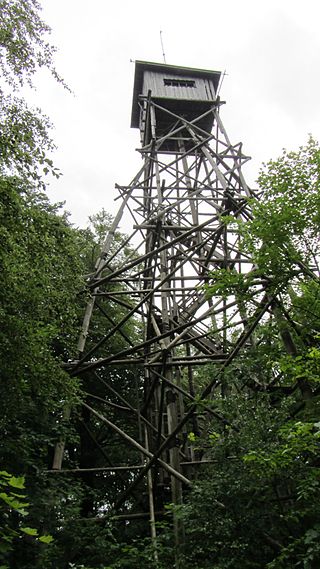
The Viktorshöhe is a hill, 581.5 metres high, in the Harz mountains of central Germany. It lies on the Ramberg massif within the boundaries of Gernrode, a part of Quedlinburg, and about 3 kilometres northeast of Friedrichsbrunn.
14. Schreckensturm
The Schreckensturm, also known as the Schreckensdüvel, is a medieval defensive tower of the city fortifications of the city of Quedlinburg in Saxony-Anhalt. In modern times, holiday apartments were set up in the listed tower.
15. Stiftskirche St. Servatius
The former collegiate church of St. Servatius in Quedlinburg – also known as St. Servatii or Quedlinburg Cathedral – is a monument of high Romanesque architecture dedicated to Saints Dionysius and Servatius. The flat-roofed, three-aisled basilica, built mainly between 1070 and 1129, was the church of the Quedlinburg convent. The church has been a UNESCO World Heritage Site since 1994, together with Quedlinburg's old town and castle, and it is also a protected cultural asset according to the Hague Convention and is registered in the Quedlinburg Register of Monuments.
Wikipedia: Stiftskirche St. Servatius (Quedlinburg) (DE), Website, Website, Heritage Website
16. Stiftskirche St. Servaii Domschatz Quedlinburg
The Quedlinburg Cathedral Treasure is one of the most important treasures in Germany. These are 63 pieces of the treasure of the Quedlinburg convent, which are now exhibited in two rooms of the collegiate church of St. Servatii in Quedlinburg. A large part of the treasures came to the convent as gifts from the Liudolfingian ruling house.
Share
How likely are you to recommend us?
Disclaimer Please be aware of your surroundings and do not enter private property. We are not liable for any damages that occur during the tours.
